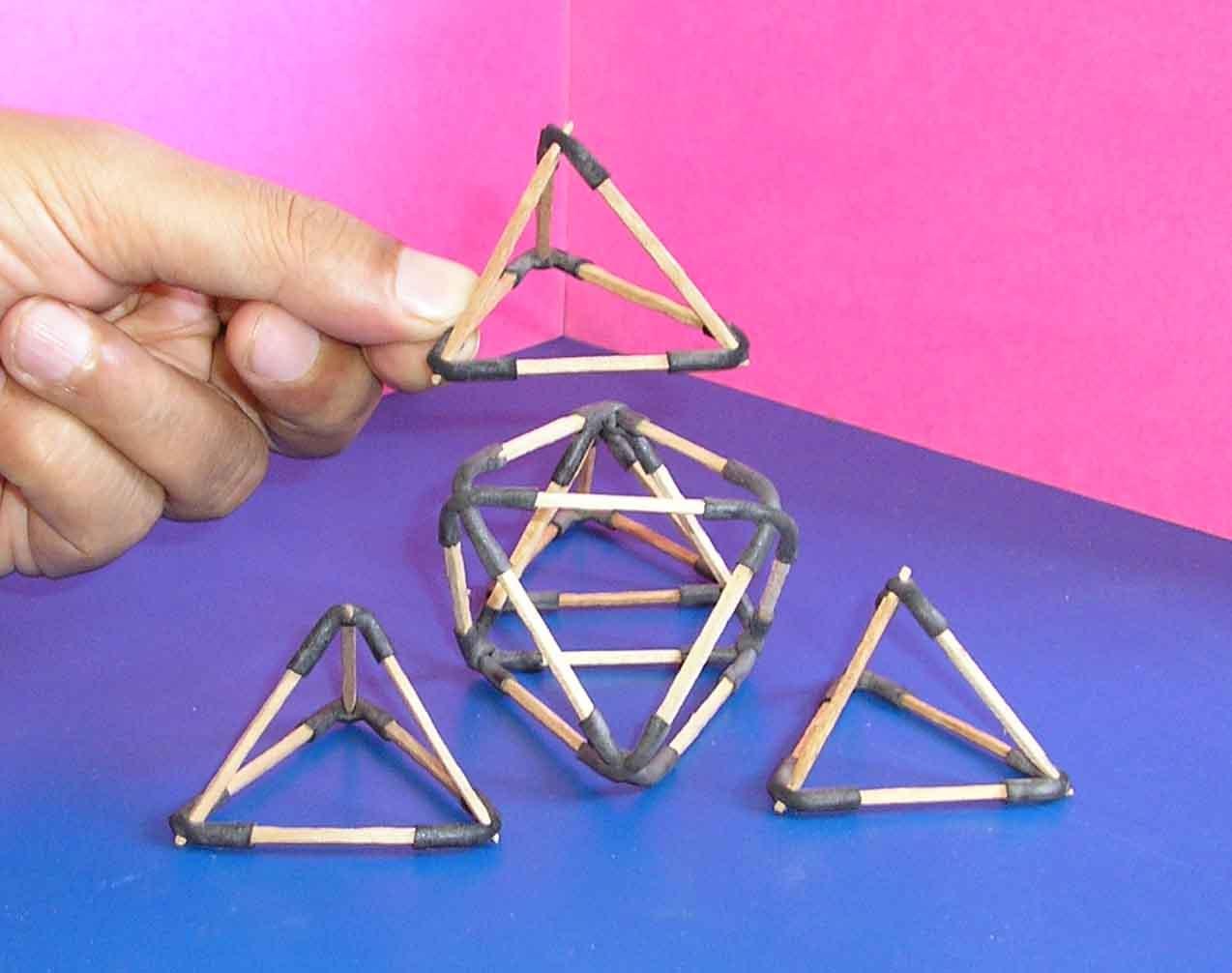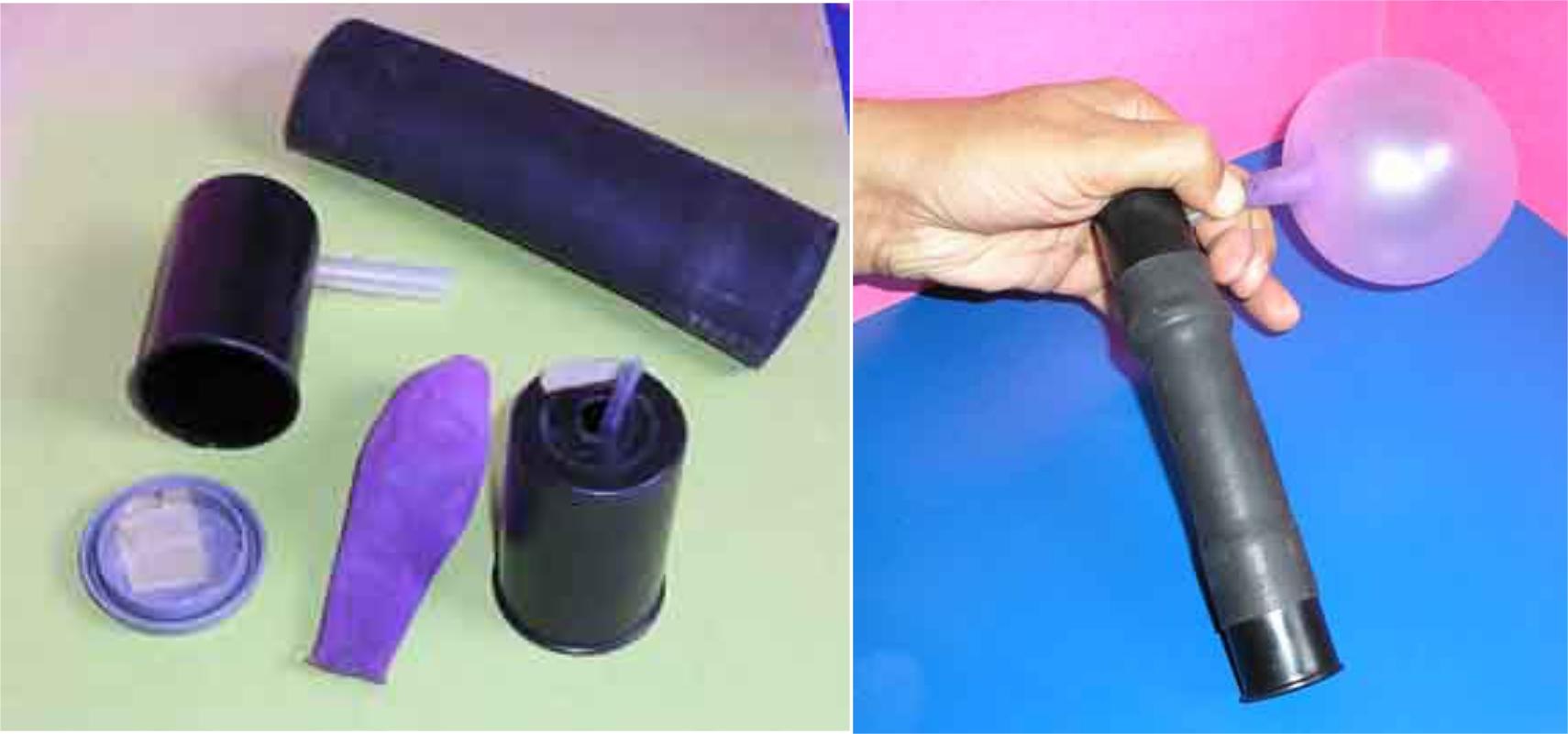Chapter: Learning Science through Activities and Toys. SCIENCE EXPERIMENTS & AMUSEMENTS FOR CHILDREN BY CHARLES VIVIAN. Simple Technical Steped Practical Projects for school and college students.
Matchstick Models

Everything Has A History
Many nations were totally devastated during the
Second World War. Later on these countries were able to build schools but had
no money to set up science laboratories. At the behest of UNESCO, J.P.
Stephenson, science master at City of London School prepared a book on science
activities titled
Suggestions for Science Teachers in Devastated Countries. This fully illustrated book
showed teachers how to make their own
apparatus from simple, everyday materials at little cost.
This book got a thumping
response. It was also very successful in other regions where there had been
little or no equipment for science teaching. The book was considerably expanded
with suggestions for making simple equipment and for carrying out experiments
using locally available materials. In 1956 came the first edition of the UNESCO Source Book for Science Teaching
which, periodically revised, and updated, has been translated into more than
thirty languages, reprinted scores of times and has sold several million
copies. The New UNESCO Source Book for
Science Teaching has been a bible for science teachers' since 1973. It has
been translated into many languages and very favourably accepted world-wide. In
1963 this book was translated and printed in Hindi by the Publication Division.
It is sad that this book is not available in all Indian languages.
The Sputnik
shock shook the US and UK science establishment. Several new initiatives were
taken to make science teaching more interesting. The Nuffield Science Programme
in the UK in the early 60's based itself on the discovery approach. Science
through activities became the buzzword.
The programme recycled a
lot of consumerist waste to make amazing teaching aids. The Film Can Balloon Pump was made using a piece of old bicycle tube; two film
cans and bits of sticky tape for valves.
With this pump children could inflate and pop a balloon. This pump was low cost
- did not burn a hole in the pocket. It was fun and exhilarating science.

Related Topics